OCZ Technology: Gone But Not Forgotten
OCZ Engineering was founded in 2000 by Ryan Petersen as "The Overclockerz Store," an online hardware reseller that catered to figurer enthusiasts. The visitor started out selling binned processors and memory kits capable of running faster than their rated speeds – items which overclockers were willing to pay a premium for.
Eventually, Petersen parlayed the store's success into a mainstream PC component concern, which became OCZ Applied science. The San Jose-based firm quickly expanded into multiple categories, including branded video cards, keyboards, mice, and fifty-fifty explored more exotic offerings like the Cryo-Z phase change cooling arrangement.
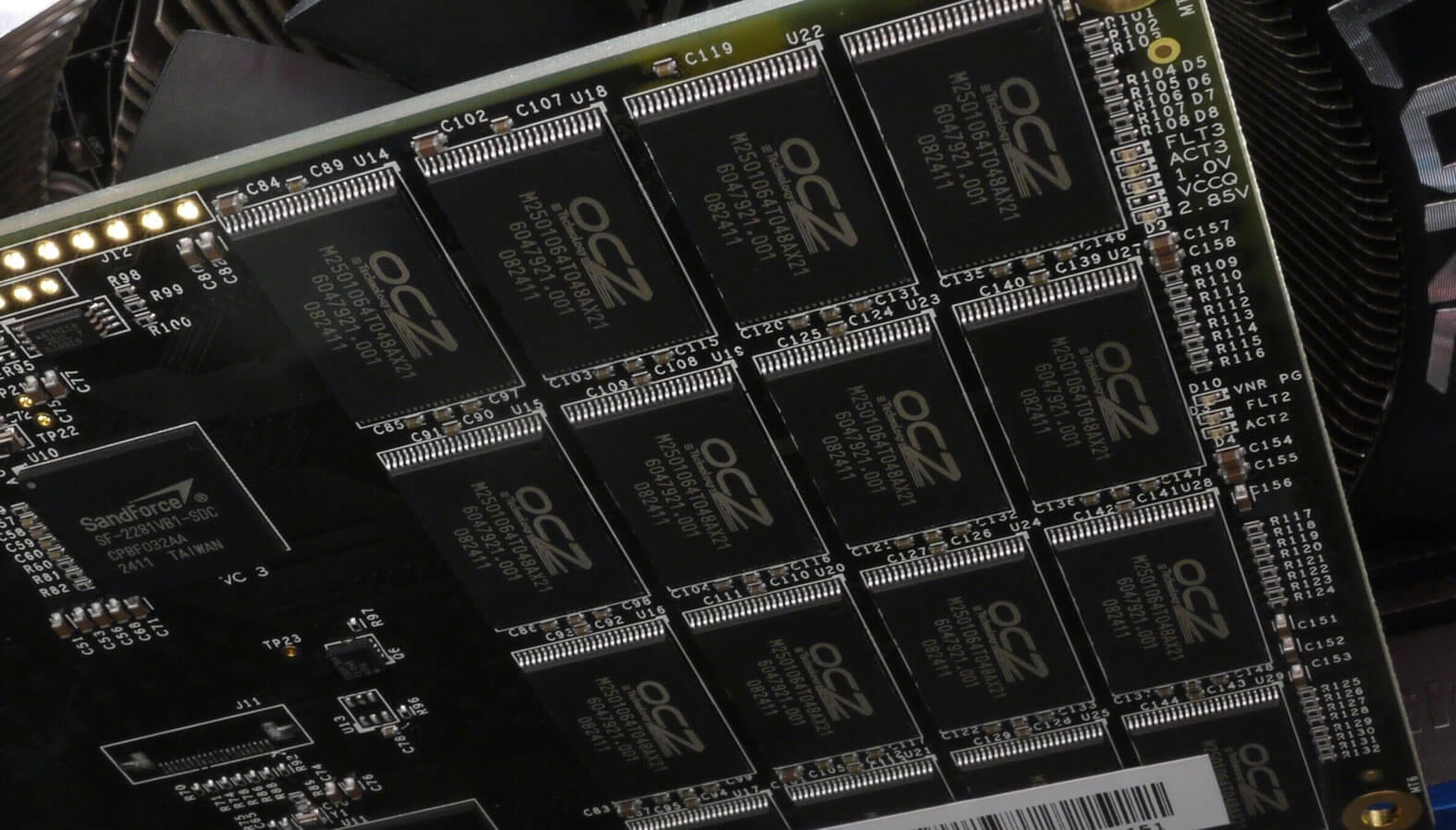
In 2007, OCZ shored up its ability supply business organisation past acquiring PC Power & Cooling, one of the nearly well-respected firms in the industry at the time.
A yr afterward, OCZ partnered with Johnathan "Fatal1ty" Wendel to design a range of retentivity and ability supplies for gamers. Most, nevertheless, will remember the company for its contributions and advancement of early solid-state drive applied science.
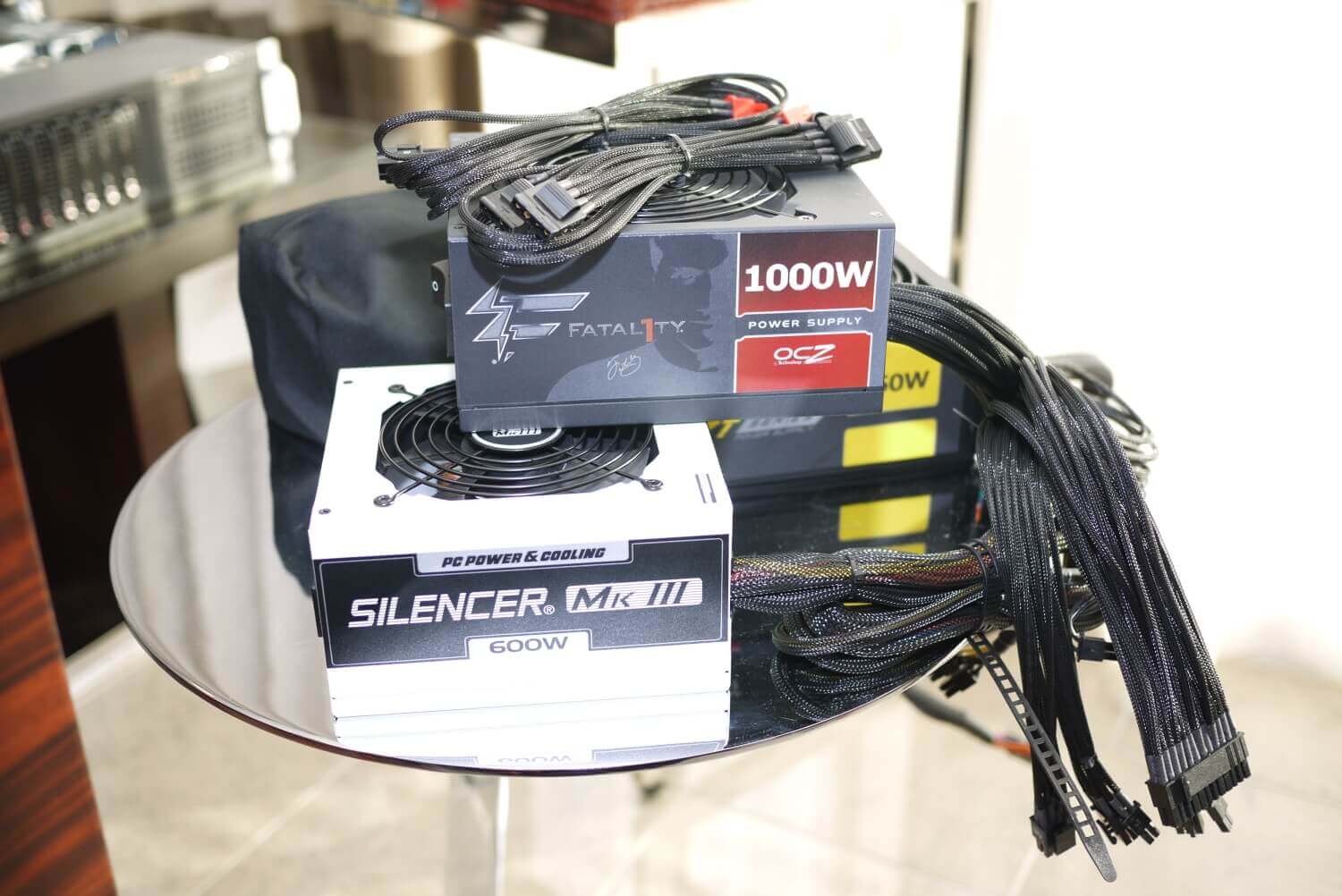
OCZ introduced its kickoff 2.5-inch SATA Two SSDs in March 2008. That was over a yr before Microsoft released Windows vii, the first version of the operating system designed to work with solid state drives. The drives, offered in capacities of 32GB and 64GB, featured read and write speeds of up to 100MB/south and 80MB/s, respectively, and utilized no moving parts.
The latter fabricated them a potentially attractive alternative for notebook and laptop enthusiasts concerned with mechanical hard bulldoze failure.
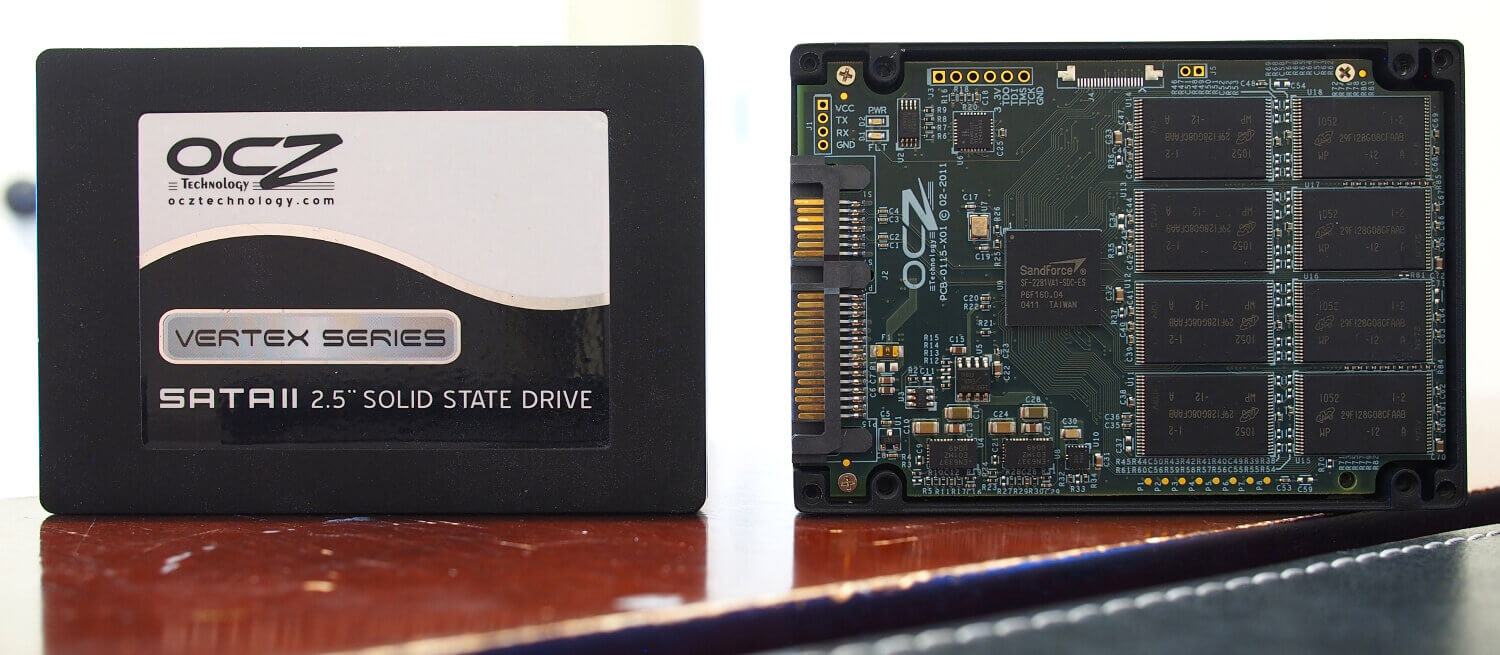
As is often the instance with a new category of technology, there were a lot of wrinkles to fe out earlier marketing the tech to mainstream consumers.
Early examples didn't deliver the blistering speeds that today's drives are known for. In fact, performance could exist quite inconsistent, especially if you didn't use an alignment tool to specify the optimal bulldoze offset when setting everything upwardly. And so at that place were problems with garbage collection and concerns over flash memory endurance.
SSDs eventually found their way into the mainstream, yous could contend in function due to OCZ's contributions to push the technology forward.
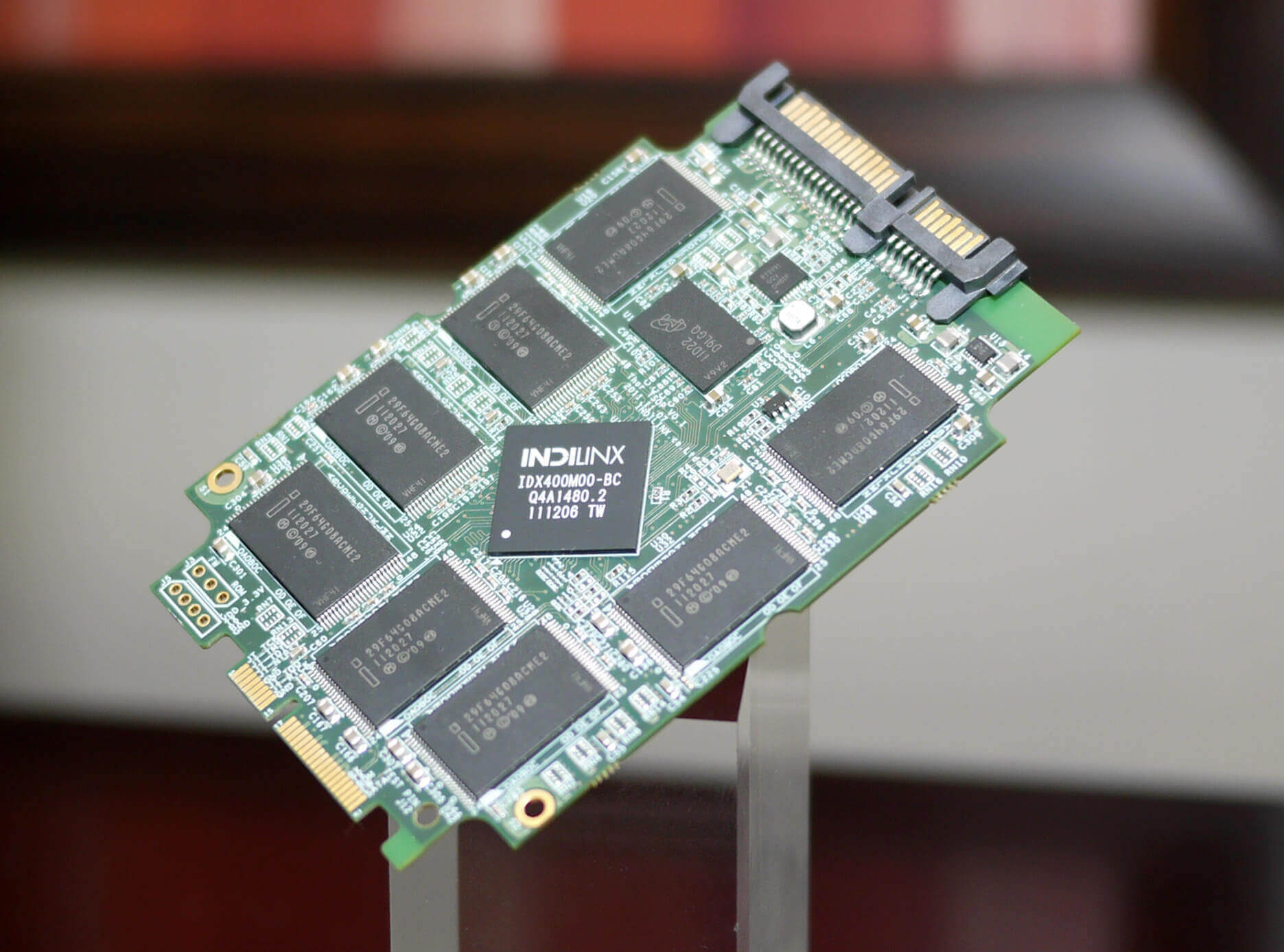
The company continued to iterate and experiment with different controllers and firmware, going and so far as to get out the DRAM marketplace and acquire flash memory specialist Indilinx just a few months later.
Pricing remained a concern as wink memory was an guild of magnitude more expensive than traditional spinning media, but the performance gains that were finally materializing started making the juice worth the squeeze. Once enthusiasts started making the leap, it wasn't long before the residuum of the manufacture followed suit.
OCZ released a plethora of SSDs over the next several years, each a bit more reliable and faster than before. We reviewed several of them. Higher-terminate devices similar the RevoDrive further pushed the envelope, and the company even branched out into the enterprise space. In the terminate, nonetheless, it would all come up crashing down.
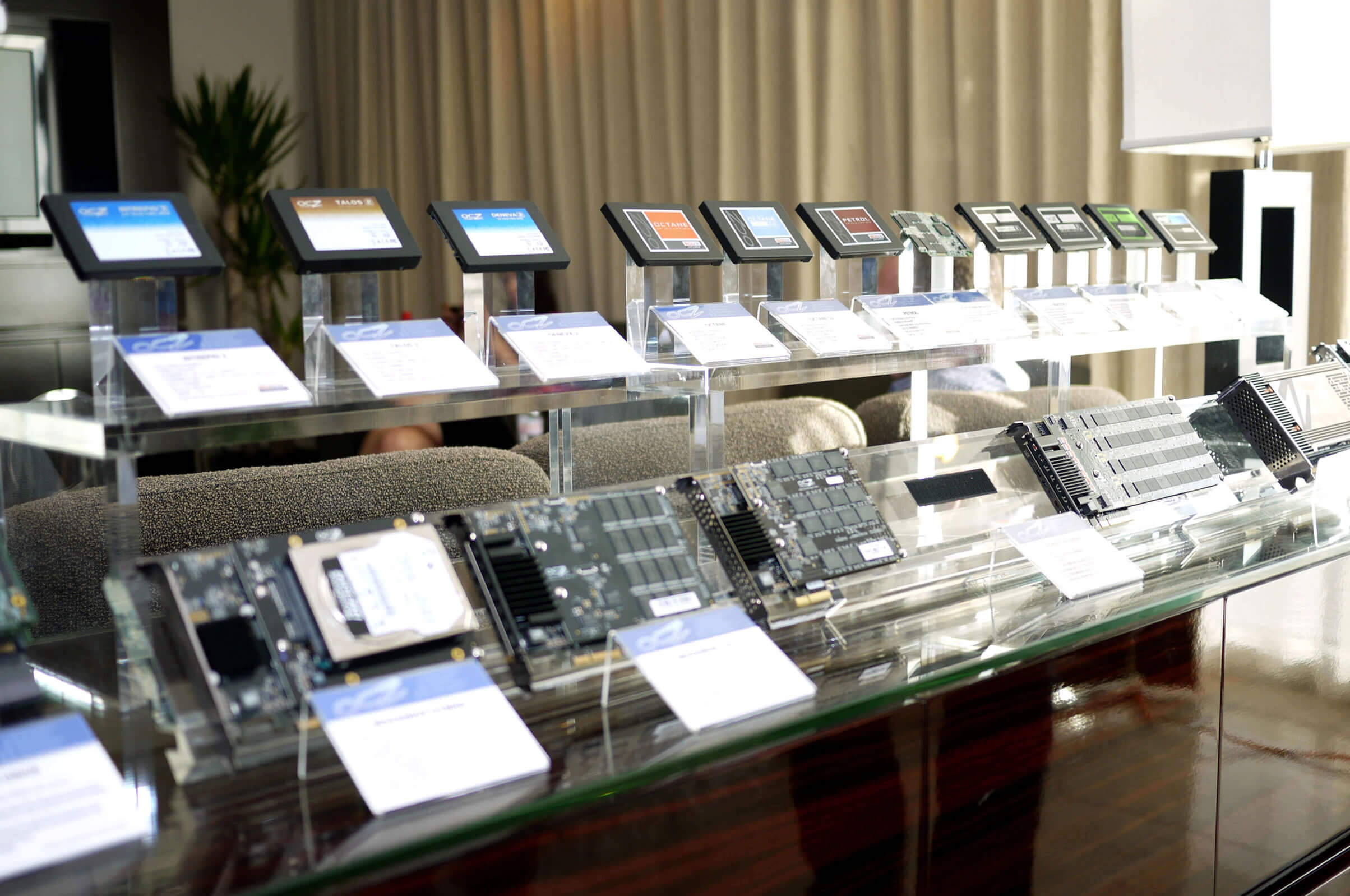
In September 2012, founder and CEO Ryan Petersen resigned from the company. Bookkeeping and other legal issues would plague the business organization over the next year and in belatedly 2013, it was revealed that Toshiba had agreed to buy nearly all of OCZ'due south assets for $35 million.
Toshiba said information technology would continue to run the business organization as a subsidiary chosen OCZ Storage Solutions. The Japanese tech giant did release some new OCZ-branded drives but ultimately, OCZ was dissolved and captivated into Toshiba'southward retentivity grouping, later named Kioxia.
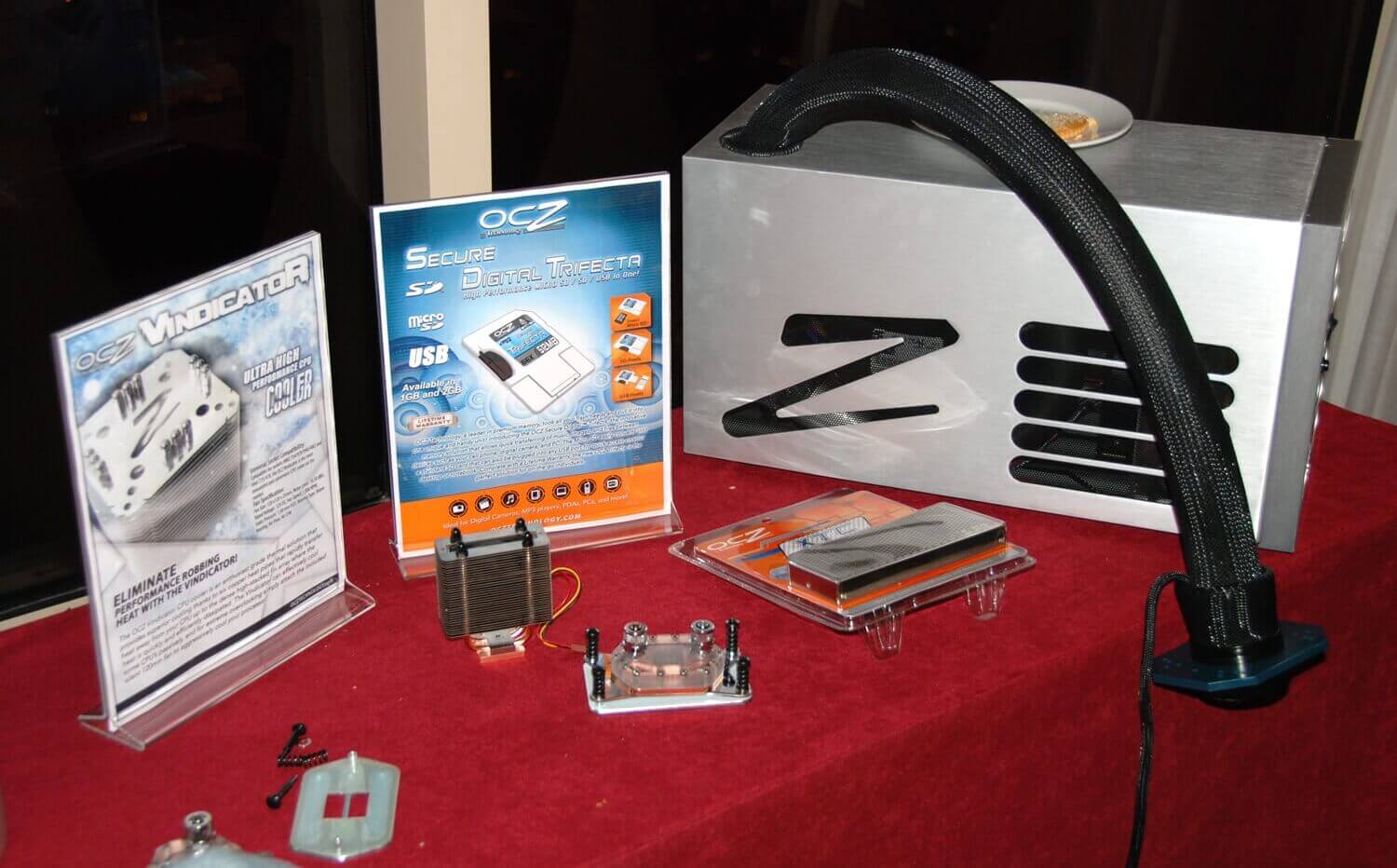
OCZ had its off-white share of issues over the years and wasn't ever the beginning pick amidst shoppers. But the outfit did have a hand in helping to brand overclocking more than mainstream and certainly pushed solid-state drives in the right direction.
Today, OCZ exists as "an SSD brand offered by Kioxia for the consumer market," according to its website. The latest printing release from the brand is dated January 8, 2018, for the RC100 NVMe SSD.
Source: https://www.techspot.com/article/2056-ocz-technology/
Posted by: redmonatly1971.blogspot.com


0 Response to "OCZ Technology: Gone But Not Forgotten"
Post a Comment